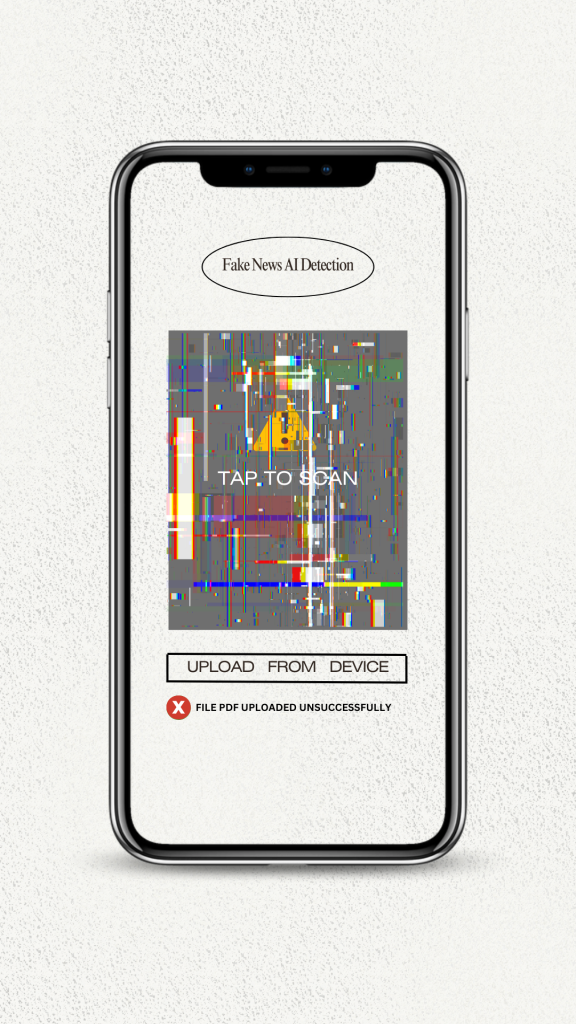


In my article, I tried to address the issue of fake news and emphasize its significance in today’s digital world. I wanted to shed light on the importance of combating misinformation and provide a solution in the form of an app that can detect fake news, instantly.
However, upon further reflection, I realized that I may have overlooked some potential faults or limitations of the app. It’s important to acknowledge that no app is perfect, and there may be challenges in detecting more subtle forms of misinformation or distinguishing between biased reporting and outright fake news. It’s also important to note that the app’s effectiveness relies on the accuracy and reliability of the sources it uses for comparison.

To address the issue of potentially inaccurate results, the ideal next step would be implementing a feedback system within the app. This would allow users to report any misinformation or inaccuracies they come across. By collecting user feedback, it can continuously improve the app’s algorithms and database to ensure more accurate results over time. Additionally, the app could also provide users with tips or guidelines on how to critically evaluate information themselves, empowering them to be more discerning consumers of news.
Once the feedback system is implemented, there will be a significant improvement in the accuracy of the app. With users reporting any inaccuracies they come across, addressing and rectifying those issues will be efficient. This will not only enhance the overall user experience but also build trust and credibility among users. The app will become a reliable source of information, and users will appreciate the effort put into continuously improving it based on their feedback.